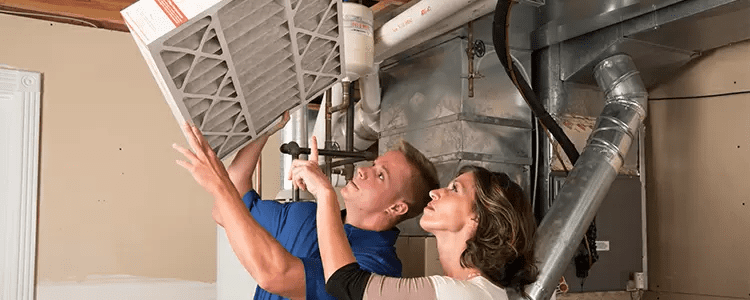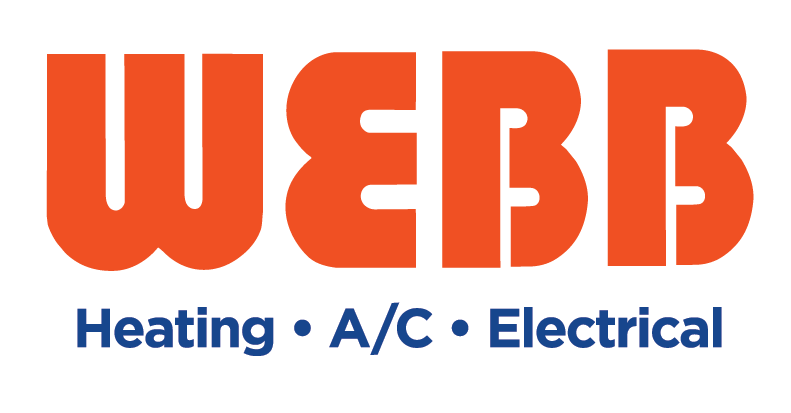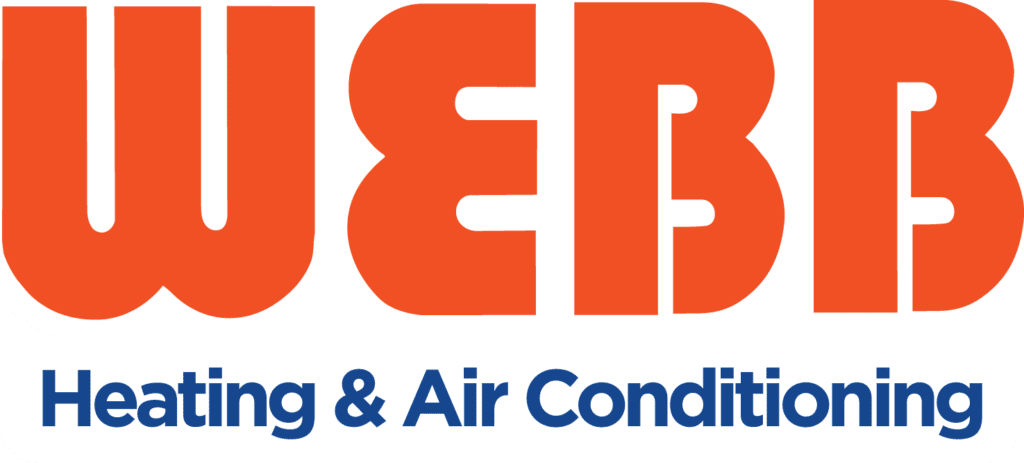Upflow vs. Downflow Furnace: What’s Right for Your Greensboro Home?

As winter rolls into the Piedmont Triad, keeping your Greensboro home warm is a top priority—especially when those chilly winds sweep down Battleground Avenue. But staying comfortable isn’t just about setting the thermostat.
The type of furnace you choose—upflow or downflow—can make a real difference in how efficiently your home stays cozy, how much you spend on energy, and even how easy it is to maintain your system.
If you’re planning a furnace replacement or new installation, understanding the basics of each type will help you make the best decision for your unique home.
Furnace Basics: Upflow vs. Downflow
When choosing a new furnace, one of the first decisions is how you want warm air to move through your home.
The two most common configurations—upflow and downflow—refer to the direction heated air travels as it leaves the furnace. Here’s how they compare:
- Upflow Furnace: This type draws in cool air at the bottom, heats it, and pushes the warm air upward. Upflow furnaces are typically installed in basements or crawlspaces, making use of the natural tendency for heat to rise. This setup is ideal for multi-story homes or those with ductwork located above the furnace.
- Downflow Furnace: In a downflow system, air enters at the top of the furnace, is heated, and then pushed downward into the living space. Downflow furnaces are often installed in attics or on the main floor, where ductwork runs below the unit—perfect for homes built on slabs or with limited lower-level space.
Here’s why this matters: If you live in a historic Greensboro home with a basement, an upflow furnace can make sure every floor gets even heat. In a newer, single-story home built on a slab, a downflow furnace may be the better fit.
Many modern furnaces, including those installed by Webb, can be set up for either configuration—so your system matches your home’s needs, not the other way around.
Why Furnace Type Matters in Greensboro
Homes across Greensboro and the Triad come in all shapes and sizes, from historic builds with basements to modern homes built on slabs or with attic spaces. Because each layout presents unique heating challenges, the right furnace can make a real difference in comfort and efficiency. Choosing a furnace that matches your home’s construction helps you avoid wasted energy and uneven heating, especially when winter weather is unpredictable.
For example, if your home’s ductwork is above a basement or crawlspace, an upflow furnace can help deliver heat efficiently throughout your living spaces. On the other hand, homes with ductwork below the main floor—such as those built on slabs—often benefit from a downflow furnace, which directs heat where it’s needed most.
Upflow Furnaces: The Ideal Choice for Homes with Basements
Upflow furnaces are often the best solution for Greensboro homes with basements or crawlspaces. These systems are designed to work with the natural rise of warm air, making them particularly effective for multi-story homes and for distributing heat evenly throughout the space.
Advantages of upflow furnaces:
- Even heat distribution across multiple floors
- Easier access for heating maintenance and repairs
- Improved energy efficiency in colder climates
- Reduced heat loss through upward ductwork
While upflow furnaces offer clear benefits for homes with the right layout, they aren’t suitable for every situation. It’s important to consider the limitations before making a decision.
Potential drawbacks of upflow furnaces:
- Incompatibility with homes lacking a basement or crawlspace
- Need for dedicated installation space below the main living area
If your home includes a basement or crawlspace, an upflow furnace is likely the most efficient and reliable way to heat your space. Regular maintenance will help ensure your system continues to perform at its best, even during Greensboro’s most unpredictable winters.
Downflow Furnaces: Ideal for Attics and Single-Story Homes
Downflow furnaces are well-suited for homes built on slabs or with ductwork below the main floor. These systems push warm air downward, making them a practical solution for ranch-style or single-story homes, as well as houses where the furnace is installed in an attic or closet.
Advantages of downflow furnaces:
- Flexible placement in attics or closets to maximize living space
- Compatibility with slab foundations and single-story layouts
- Ability to fit into existing home designs without major renovations
However, downflow furnaces come with their own set of considerations that homeowners should keep in mind.
Potential drawbacks of downflow furnaces:
- Greater effort required to push heat downward, which may affect efficiency
- Increased challenge of maintenance if the unit is located in a hard-to-reach attic
- Risk of heat loss if attic insulation is inadequate
When installed and insulated properly, a downflow furnace can provide dependable, efficient comfort throughout the colder months. Working with an experienced installer is key to ensuring optimal performance.
Choosing the Right Furnace—and the Right Team—for Your Greensboro Home
Selecting the best furnace for your home isn’t just about the equipment—it’s about matching your system to your home’s unique layout, your comfort needs, and the unpredictable climate here in Greensboro and the Piedmont Triad.
For most homeowners, the foundation and ductwork—whether you have a basement, crawlspace, attic, or slab—will help determine whether an upflow or downflow furnace is the right fit. But your comfort goals and long-term energy savings matter just as much.
By following these steps, you’ll be equipped to choose a furnace that delivers reliable warmth and efficiency for years to come.
No matter which system you select, professional installation is crucial for long-term comfort and performance. Webb’s experienced team understands the unique needs of Greensboro, Advance, and the entire Piedmont Triad. We install high-quality Trane furnaces, provide ongoing heating maintenance, and back every installation with service you can trust. Ready to make your home more comfortable and efficient? Schedule a free furnace consultation online. To explore more about installation options and what’s right for your home, visit our furnace installation page.

